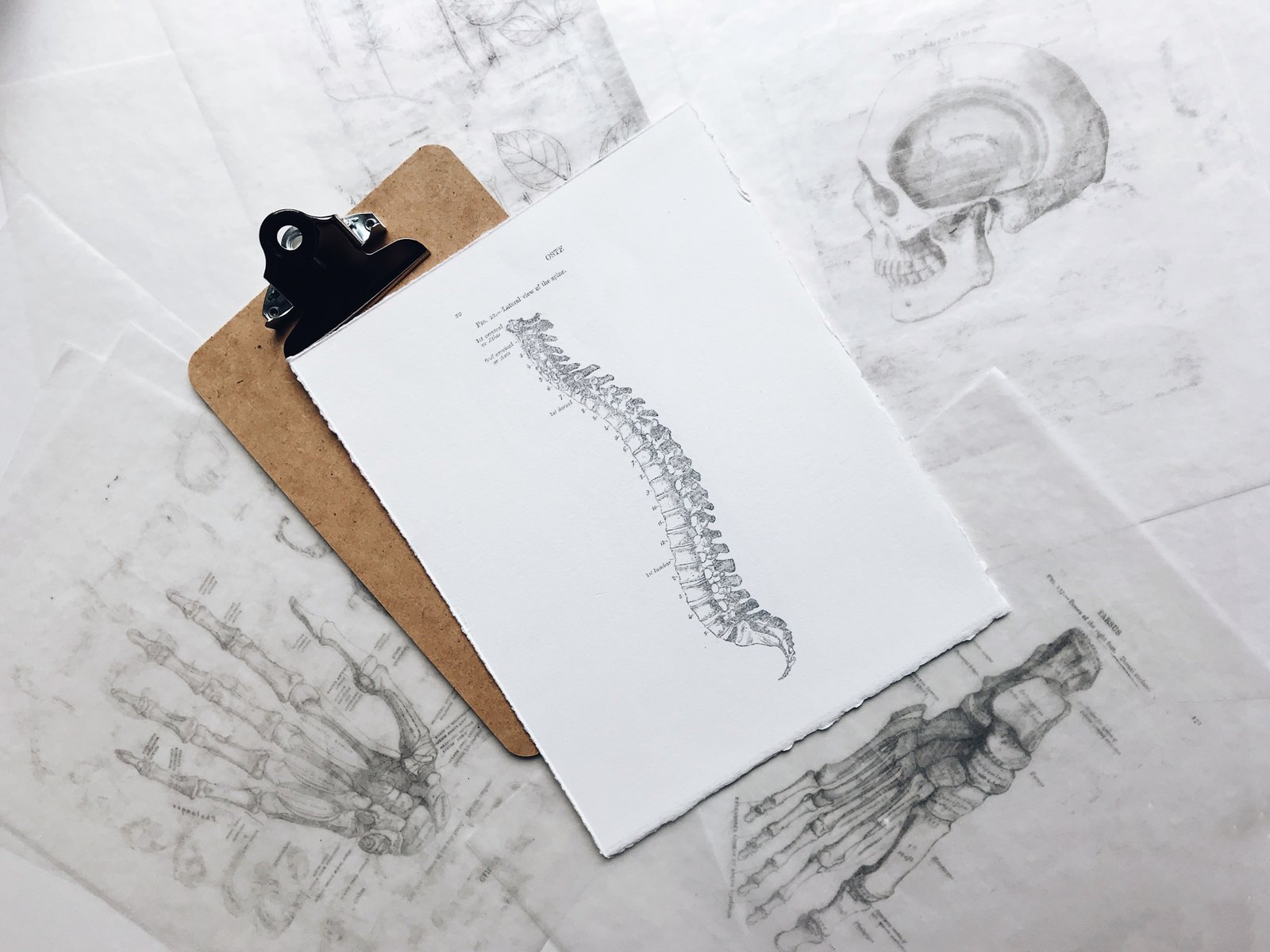
Many people assume that pain and discomfort is simply part of life, but it doesn’t have to be. From lower back pain to niggling knee discomfort, there’s no need to suffer in silence. By finding out the root cause of your discomfort, you can determine what treatments are available – and you might be surprised at how easy it is to enjoy a pain-free lifestyle. To get started, take a look at these four orthopaedic conditions that could be causing you pain:
1. Carpal Tunnel Syndrome
A common repetitive strain injury, carpal tunnel syndrome occurs when excess pressure is placed on the median nerve, which is one of the major nerves in the hand and arm. Symptoms include tingling and numbness, and sometimes weakness in the affected hand and arm. Although carpal tunnel syndrome can be caused by a variety of factors, it’s often triggered by lifestyle factors. If you spend lots of time at a desk, for example, the way you sit could cause unnecessary pressure to be placed on the median nerve, leading to carpal tunnel syndrome.
Depending on the cause of carpal tunnel syndrome, it can be treated in numerous ways, including lifestyle changes, like adjusting your posture or raising the height of your desk, and wrist strengthening exercises to corticosteroids and surgery.
2. Ruptured Disc
A ruptured or slipped disc can cause sudden, excruciating pain but it can also trigger chronic discomfort. When the discs that protect the vertebrae in the spinal column are damaged or pushed out of alignment, they can press on the surrounding nerves. This typically causes the pain associated with a slipped disc and most commonly affects the lower back, although you may also experience shooting pains in your legs.
Although a ruptured disc isn’t uncommon, it can have a significant impact on your life. In some cases, the pain can subside if the body is able to heal itself and patients may be advised to use hot and cold compresses and over-the-counter pain relievers. Alternatively, physiotherapy may be deemed beneficial, or you may be advised that surgery is the best course of action.
By seeking advice from an orthopaedic consultant, you can determine which treatment options are right for you. Arranging an appointment directly with an orthopaedic surgeon via Circle Health Group can give you fast-track access to the medical treatment you need and enable you to begin a treatment plan as quickly as possible. With a number of experienced orthopaedic specialists available in hospitals all over the country, Circle Health Group makes it easy to access the medical help you need, when you need it.
3. Ganglion Cyst
Ganglion cysts can present in the foot or ankle but they’re most common in the wrist. As the cyst grows, you’ll see a noticeable lump that’s oval or round in shape. They’re filled with a jelly-like substance but can feel quite firm to the touch. While all lumps and bumps should be thoroughly checked out by a medical professional, ganglion cysts are typically harmless, but this doesn’t mean that they don’t require some form of treatment.
Although a ganglion cyst isn’t harmful in itself, its location could cause unnecessary pain and discomfort. If the cyst presses on a nearby nerve, for example, you may notice weakness in the affected area. To alleviate any symptoms, ganglion cysts can be drained or removed via surgery.
4. Rotator Cuff Pain
The rotator cuff stabilises the shoulder joint and enables you to lift your arm, but any signs of injury or wear and tear can affect its functioning. If you regularly play sports, like tennis or golf, for example, a overuse of your should could result in rotator cuff pain.
To determine what type of treatment will be most effective, an orthopaedic specialist will diagnose your specific injury. You may have sustained a tear to the tendons within the shoulder, for example, or the tendons may be inflamed and impinging on local nerves.
Once an accurate diagnosis has been made, you’ll be advised which treatment options are most beneficial. Smaller tears may heal with rest and physiotherapy, for example, while rotator cuff repair surgery may be required for more extensive injuries.
When to Seek Help for Muscle and Joint Pain
Although minor muscle and joint discomfort isn’t unusual, it shouldn’t last for an extended period time. If you experience sudden pain or if you regularly experience discomfort, it’s well worth consulting a medical professional and finding out what’s wrong. By seeking help quickly, you can identify the cause of the problem and prevent it from getting worse.
Furthermore, early intervention often minimises the amount of treatment required and reduces the requisite recovery period. This means that seeking medical help early on should enable you to get back to your usual lifestyle swiftly and safely.



